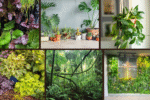If you’re looking to bring life, color, and ecological value to your landscape, planting native perennial meadow flowers is the perfect solution. These plants not only return year after year with minimal upkeep but also support pollinators like bees, butterflies, and hummingbirds. With their wild charm and ecological benefits, native meadow flowers create a landscape that feels alive and in harmony with nature. Here are 10 beautiful, easy-care native perennials that will turn your yard into a thriving, pollinator-friendly haven.
1. Purple Coneflower (Echinacea purpurea)

Purple coneflower is a classic native prairie flower, known for its resilience and wide appeal to pollinators. Hardy in zones 3–9, it features large, daisy-like blooms with purple petals and raised orange centers that bloom from summer into fall. Bees, butterflies, and even birds flock to its nectar and seeds. It thrives in full sun and well-drained soil, tolerating drought and poor conditions. As a long-lived perennial, it spreads gently over time, adding consistent color and height to meadow-style plantings.
2. Wild Bergamot (Monarda fistulosa)

With its fragrant, frilly lavender-pink blooms and minty-scented foliage, wild bergamot is a favorite among hummingbirds and bees. Hardy in zones 3–9, this clump-forming perennial thrives in full sun to partial shade and prefers average to dry soil. The unique flower shape adds texture to meadows and blooms from mid- to late summer. A member of the mint family, it’s deer-resistant and spreads easily without becoming aggressive. Its airy height and whimsical blooms make it a standout in naturalistic settings.
3. Black-Eyed Susan (Rudbeckia hirta)
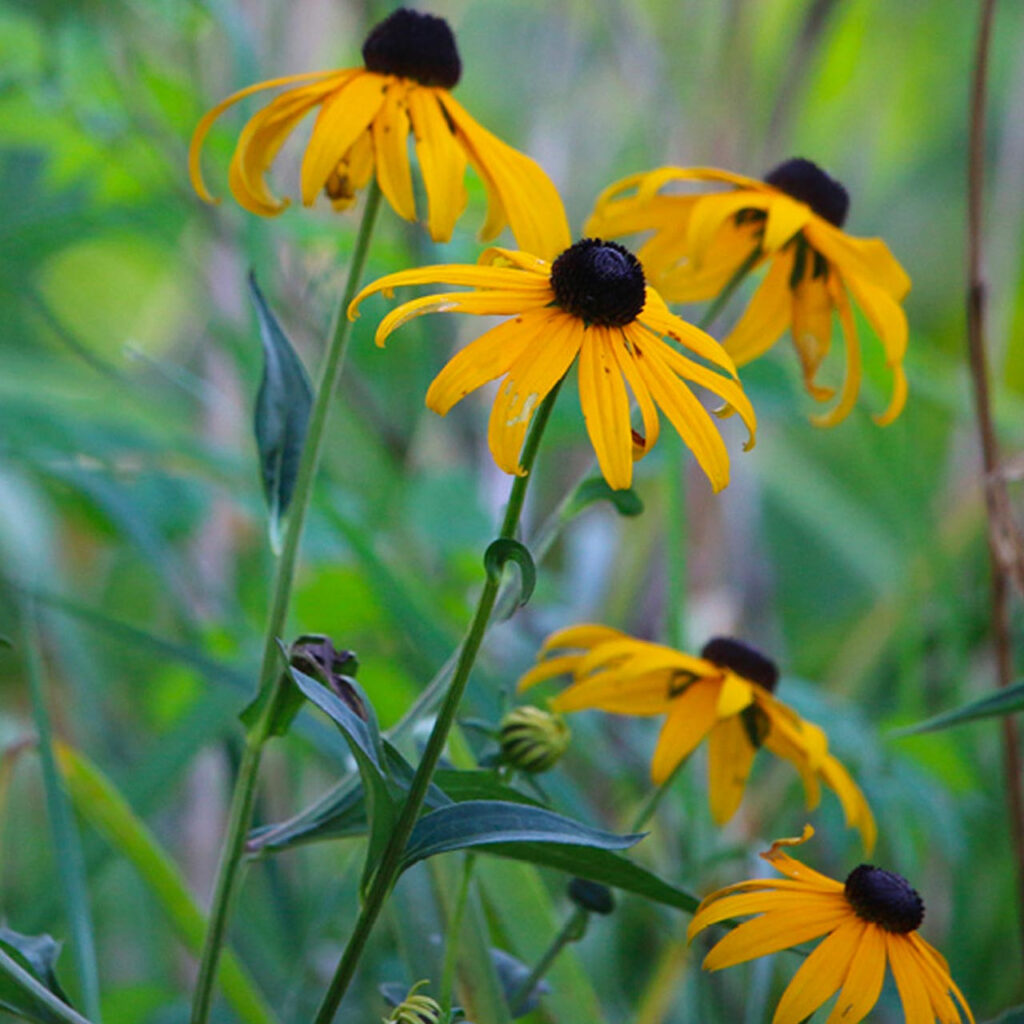
A cheerful burst of yellow, Black-Eyed Susan is an iconic wildflower native to North America. Hardy in zones 3–9, it produces daisy-like blooms with golden petals and dark brown centers from mid-summer to fall. These hardy plants thrive in full sun and tolerate drought and poor soils. Their long blooming period and easy growth make them a staple in pollinator gardens, attracting bees, butterflies, and birds. They also make excellent cut flowers and reseed naturally for future seasons.
4. Butterfly Weed (Asclepias tuberosa)

Bright orange blooms and a crucial ecological role make butterfly weed a meadow must-have. Hardy in zones 3–9, this native milkweed is a vital host plant for monarch caterpillars and a nectar source for adult butterflies. It thrives in sunny, well-drained locations and handles drought with ease. Unlike some milkweed species, it’s compact and well-behaved in garden settings. Its long-lasting, flat-topped flowers add fiery color and attract a wide range of pollinators, making it both beautiful and beneficial.
5. New England Aster (Symphyotrichum novae-angliae)
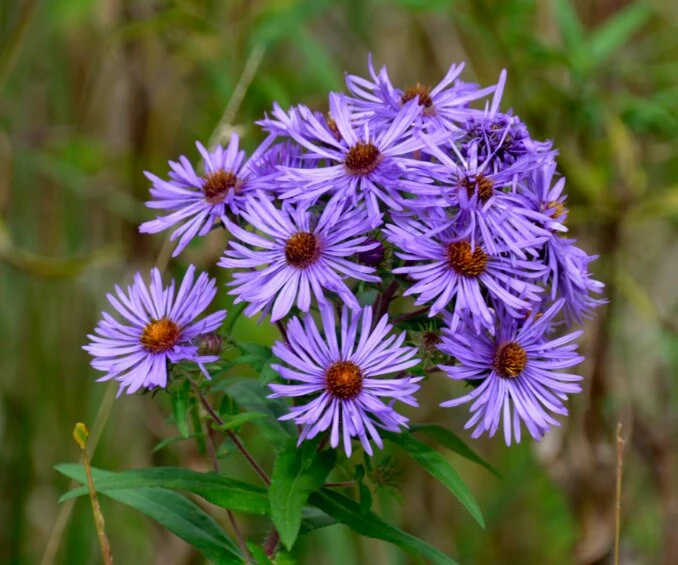
For vibrant fall color, New England aster is unmatched. Its rich purple, pink, or violet blooms with yellow centers provide late-season nectar when other flowers have faded. Hardy in zones 4–8, this tall perennial thrives in full sun and moist, well-drained soil. It’s a magnet for migrating monarchs and late-flying bees. Though it can grow leggy, cutting it back in early summer keeps it compact. Its presence in a meadow creates a dynamic, seasonal succession of blooms.
6. Blue False Indigo (Baptisia australis)
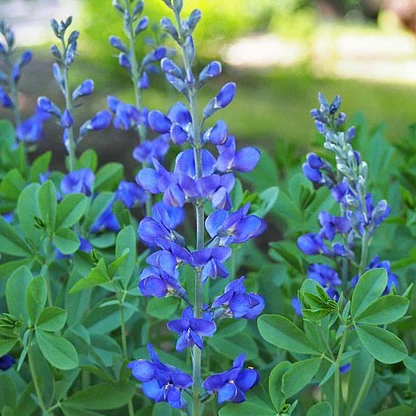
A sturdy native perennial with striking indigo-blue spires in late spring to early summer, blue false indigo is both beautiful and drought-tolerant. Hardy in zones 3–9, it thrives in full sun and poor to average soil. This long-lived plant has deep roots and forms a shrub-like shape that adds structure to meadow plantings. It’s also a host plant for certain butterfly larvae. The pea-like flowers and attractive seed pods provide multiple seasons of interest with very little maintenance.
7. Showy Goldenrod (Solidago speciosa)

Goldenrod often gets a bad reputation for allergies, but it’s actually a crucial late-season pollinator plant that doesn’t cause hay fever. Showy goldenrod, in particular, is a well-behaved native species with upright stems of bright yellow blooms. Hardy in zones 3–9, it attracts bees, butterflies, and other beneficial insects. It grows best in full sun and tolerates a variety of soils. It’s ideal for adding height, color, and ecological function to a naturalistic garden in late summer and fall.
8. Blazing Star (Liatris spicata)
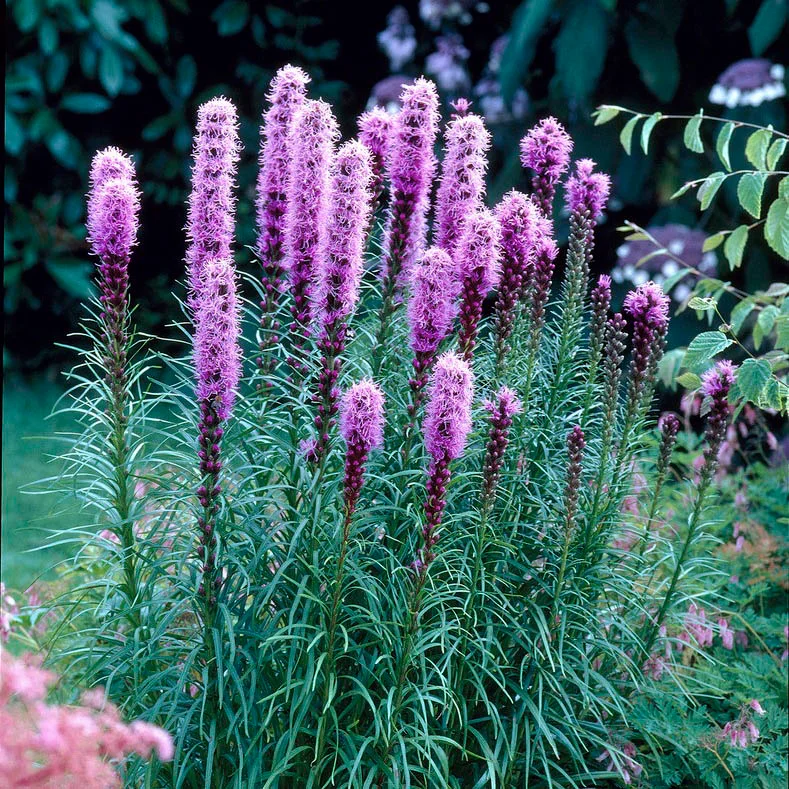
Also known as gayfeather, Liatris spicata lights up the garden with vertical spikes of fuzzy purple flowers that bloom from top to bottom. Hardy in zones 3–9, this native favorite grows in clumps and thrives in full sun and well-drained soils. It’s drought-tolerant and attracts butterflies like monarchs and swallowtails in droves. The unusual flower structure and upright habit make it perfect for adding architectural interest to meadow-style landscapes while supporting a range of beneficial pollinators.
9. Penstemon digitalis (Beardtongue)
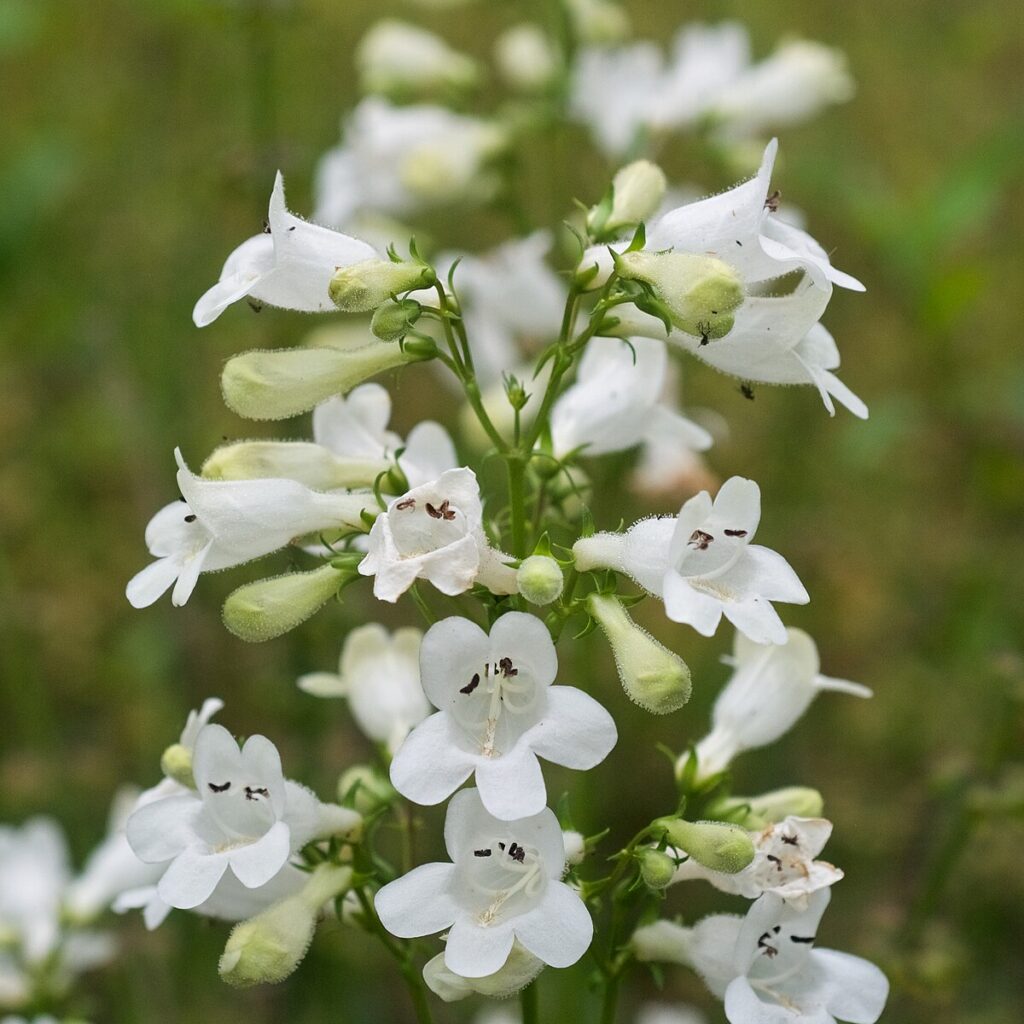
With elegant, tubular white to pale pink flowers and glossy green foliage, Penstemon digitalis adds a refined touch to wild gardens. Hardy in zones 3–8, it blooms in late spring to early summer and attracts hummingbirds and bees. It thrives in full sun and average to dry soil and is remarkably drought-tolerant once established. The cultivar ‘Husker Red’ features striking burgundy foliage, adding even more texture and color to your garden throughout the growing season.
10. Coreopsis (Coreopsis lanceolata)
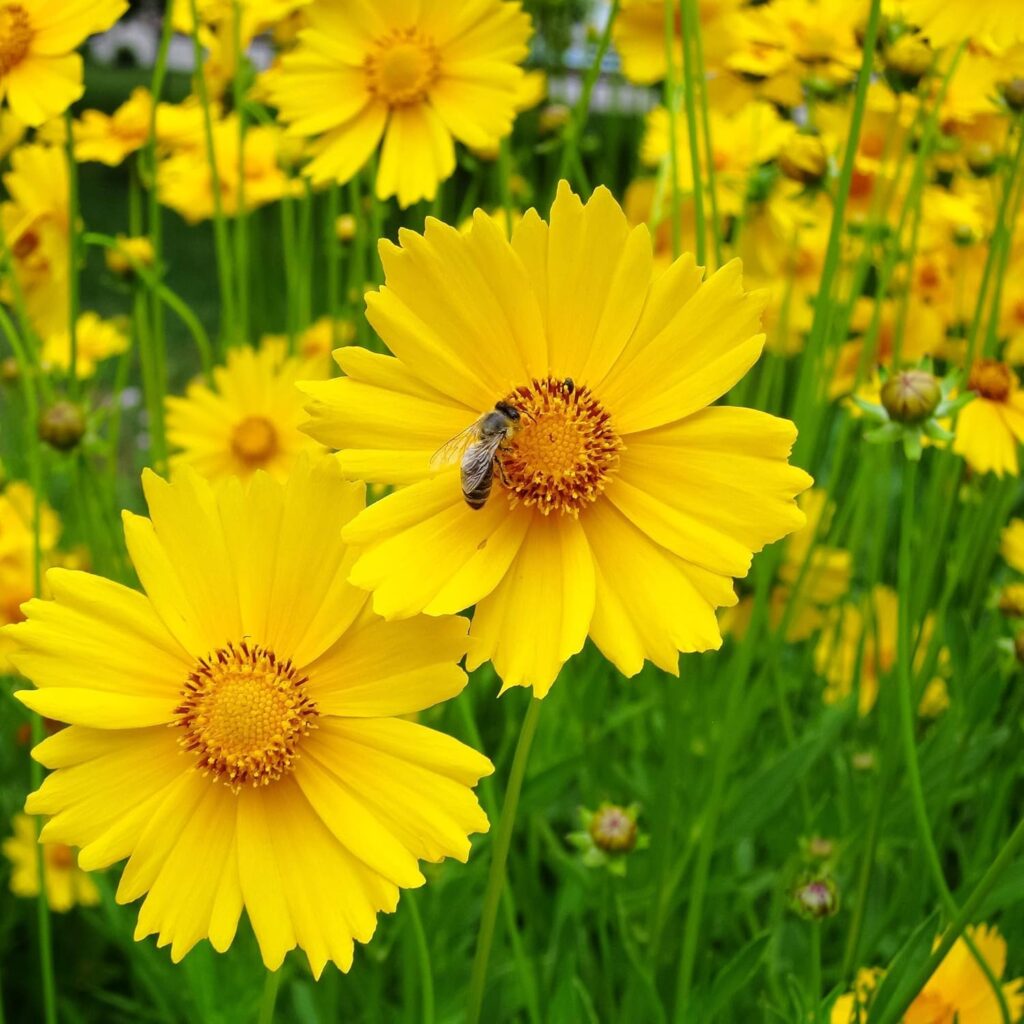
Coreopsis brings golden waves of daisy-like blooms that flutter in the breeze and brighten any meadow setting. Hardy in zones 4–9, it thrives in full sun and tolerates poor, sandy soil. Once established, it’s drought-resistant and low-maintenance, blooming profusely from early summer through fall. Coreopsis is a valuable nectar source for bees and butterflies and readily reseeds itself, filling in spaces naturally over time. Its airy, fern-like foliage adds to its delicate, cheerful appearance.



